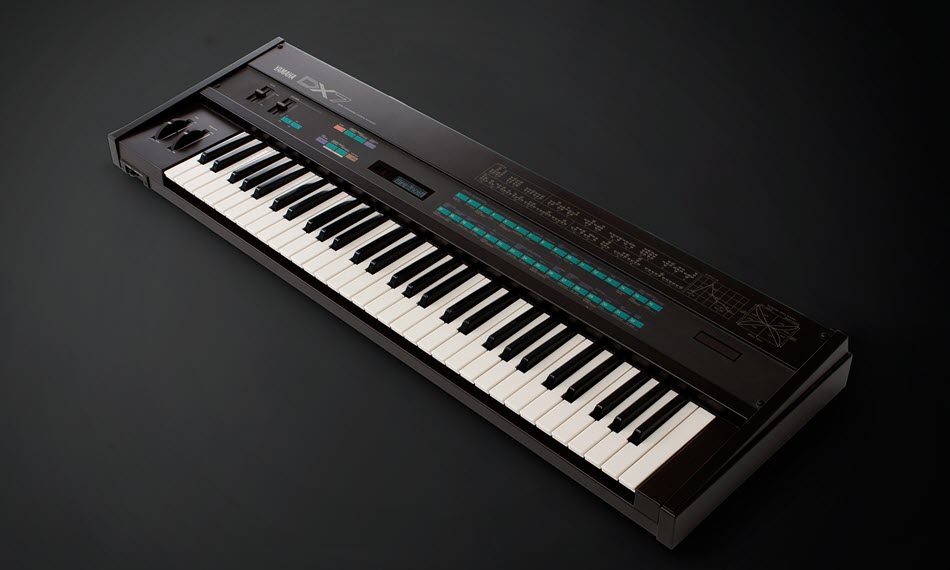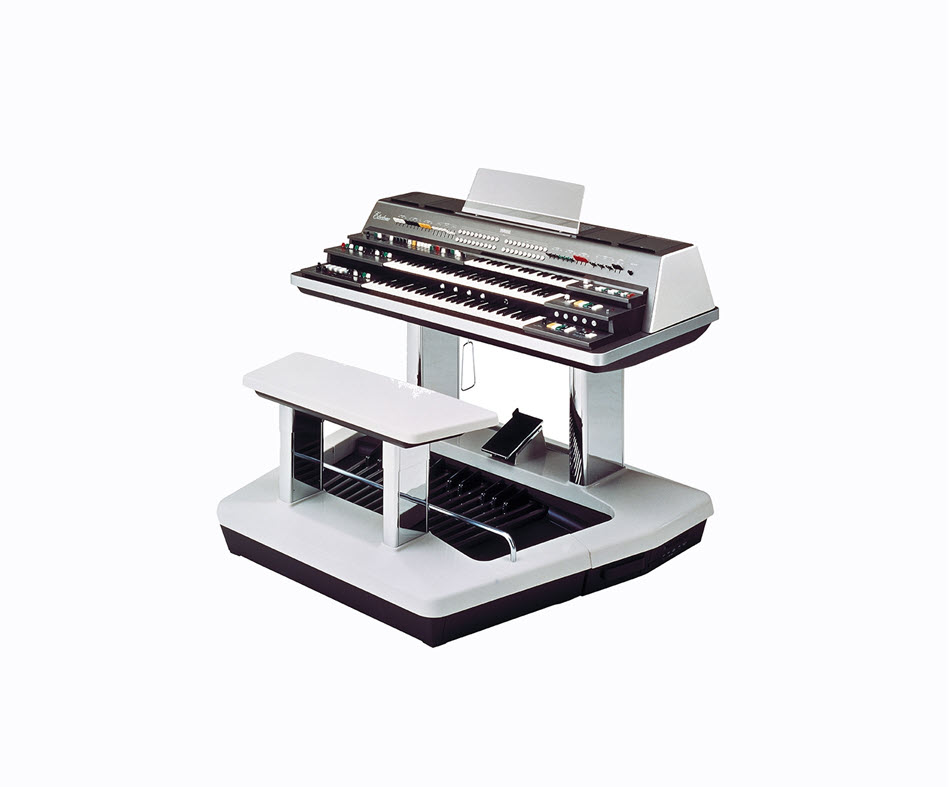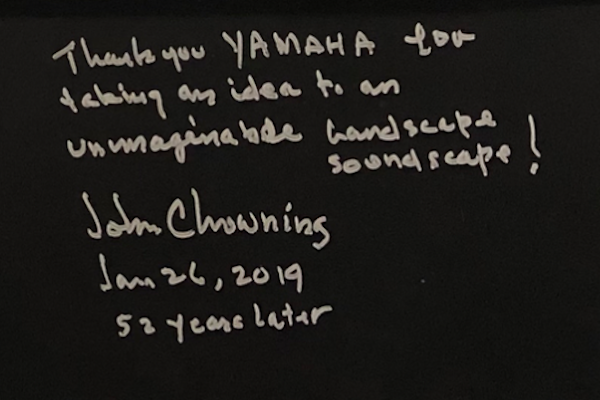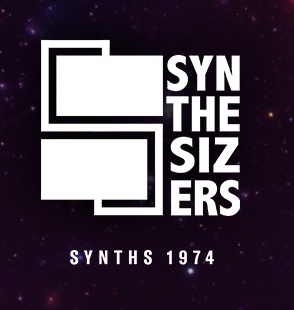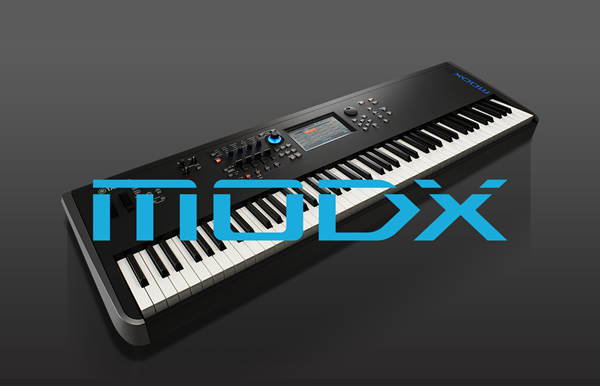Synth Terminology 101
Ready to learn how to use a synthesizer? These are the top terms you’ll need to know.
Interested in learning how to use a synthesizer? Do it — it’s fun, and endlessly creative. To help you get started, here are some of the most important technical terms you’ll encounter on your journey.
Additive
A synthesis method that produces complex sounds by combining many basic ones (called sine waves), each tuned to a different pitch (frequency) and balanced at various levels. (See “Synthesis”)
Aftertouch
A form of modulation that varies the sound by pressing further down on a key after it has been depressed. (See “Modulation”)
Amplifier
The part of a synthesizer that controls the volume or gain of the sound, i.e., how loud the sound is. This is often varied over time using an EG (Envelope Generator). In an analog synthesizer, the amplifier will often be called a VCA (short for Voltage-Controlled Amplifier). (See “Analog” and “EG”)
Amplitude
Another word for volume or level.
Analog
In synthesis, a means of producing sound through the use of electrical voltages. Most analog synthesizers create sound via subtractive synthesis. (See “Subtractive” and “Synthesis”)
Arpeggiator
A function that takes the notes you are holding on the keyboard and automatically plays them in some repeating order. For example, if you hold down a C Major triad (which contains the notes C, E and G), an “up” pattern will keep playing C-E-G-C-E-G-C-E-G over and over, while a “down” pattern will play G-E-C-G-E-C-G-E-C. These arpeggiated patterns can span more than one octave, and can play more complex note groupings as well. Yamaha MONTAGE M synths incorporate an exceptionally comprehensive arpeggiator that can even generate controller data. (See “Controllers”)
AWM (Advanced Wave Modulation)
A form of PCM data encoding used in many Yamaha synths that utilizes high-resolution audio samples as the waveform for a sound. (See “PCM”, “Sample” and “Waveform”)
Controllers
These are hardware devices such as wheels, knobs, sliders, pads, joysticks, foot switches and pedals, that are used to affect the sound in real time (that is, as you are playing). Yamaha MODX, MODX+ and MONTAGE M synths offer a controller called the Super Knob that can be used to control many parameters simultaneously. (See “Parameter”)
Cutoff
The point at which a synthesizer’s filter begins to cut or reduce frequencies. In a low-pass filter, either no frequencies higher than the cutoff will be allowed to pass, or they will be faded out from that point. In a high-pass filter, either no frequencies below the cutoff will be allowed to pass, or they will be faded out. In a band-pass filter, frequencies around the cutoff (both above and below) will be cut or faded out. (See “Filter”)
Digital
In synthesizers, refers to sound production via some form of digital signal processing (DSP), which manipulates a stream of numbers (“digits”) to emulate a waveform. Many forms of synthesis are possible using this type of technology. (See “Waveform”)
EG (Envelope Generator)
A synthesizer component (either hardware- or software-based) that is used to shape the amplitude, frequency or timbre of a sound over time. The modulating signal it produces is often described in terms of Level and Rate values. Higher levels result in more change to the sound; lower rates cause the change to occur more slowly, while higher rates cause the change to occur more quickly. (See “Amplitude,” “Frequency” and “Timbre”)
Filter
A synthesizer component (either hardware- or software-based) that shapes the timbre of a sound by reducing or removing certain user-determined frequencies. There are several different types of filters employed in synths, the most common of which are a low-pass filter (which reduces or removes frequencies above a user-designated cutoff point), a high-pass filter (which reduces or removes frequencies below a user-designated cutoff point) and a band-pass filter (which reduces or removes frequencies around a user-designated cutoff point). In an analog synthesizer, the filter will often be called a VCF (short for Voltage-Controlled Filter). (See “Analog,” “Cutoff,” “Frequency,” “Resonance” and “Timbre”)
FM (Frequency Modulation)
A method of synthesis whereby one waveform is used to affect (“modulate”) the timbre of another. Yamaha first brought this technology to commercial success with their DX7 synthesizer, first introduced in 1983. (See “Modulation,” “Synthesis,” “Timbre” and “Waveform”)
Frequency
The technical term for pitch, usually given in Hz (short for “Hertz”), a unit of measurement that describes the number of vibrations per second. The more vibrations per second, the higher the frequency and the higher the pitch. The human ear can discern frequencies as low as approximately 20 Hz (20 vibrations per second) up to 20kHz (20 thousand Hertz, or 20,000 vibrations per second).
Glide
Sometimes called “portamento,” this parameter causes notes to slide smoothly in pitch from one to another. The more you increase the glide, the more pronounced the effect will be, and the further away the second note is from the first, the more you will hear the effect. (See “Parameter”)
Granular
A synthesis method that uses small looping slices of audio to produce ethereal and highly imaginative sounds. (See “Synthesis”)
LFO (Low Frequency Oscillator)
An LFO is an oscillator with a frequency lower than 20 Hz, which means it cannot be heard as an audible pitch but is instead used for modulation purposes. When routed to a synth’s oscillator (in which case it affects frequency), the result is vibrato, which is a repeating raising and lowering of the pitch of a note. When routed to a synth’s amplifier (in which case it affects amplitude), the result is tremolo, which is a repetitive change in volume. When routed to a synth’s filter (in which case it affects timbre), the result is usually a repeated automatic wah-wah effect. (See “Amplitude,” “Frequency,” “Modulation,” “Oscillator” and “Timbre”)
Modeling
A form of digital synthesis that uses mathematical algorithms to simulate the sound of known instruments and objects. A more advanced form, called physical modeling, involves analyzing each physical aspect of known instruments, and recreating the sound they make when struck, plucked, blown or otherwise excited. Instruments such as strings, brass, woodwinds, guitar, bass, drums, tine and reed pianos, drawbar organ and even the acoustic piano have been modeled in both software and hardware synths. Many classic analog synthesizers have been modeled too, in a subset commonly known as Virtual Analog Modeling, or VA for short. (See “Digital” and “Synthesis”)
Modulation
This occurs when one synthesizer component is routed so as to affect (“modulate”) another component, thus changing one or more aspects of the sound. The component being used for modulation purposes is usually called the “modulation source” (or “mod source” for short) and the component being affected is usually called the “modulation destination” (“mod destination” for short). EGs (Envelope Generators) and LFOs (Low Frequency Oscillators) are typically used as modulation sources, as are the frequency and/or velocity of the note being played, the amount of aftertouch, and real-time controllers like pedals, sliders, switches, joysticks and the pitch bend and modulation wheels typically found on hardware synths. (See “Aftertouch,” “Controllers,” “EG,” “Frequency,” “LFO” and “Velocity”)
Oscillator
The sound-producing component(s) in a synthesizer, which generates the waveform that the sound is built upon. In a subtractive synthesizer, this waveform will typically be a sine, triangle, square/pulse or sawtooth wave, each of which has a typical timbre. Most synths offer multiple oscillators. In an analog synthesizer, the oscillator will often be called a VCO (short for Voltage-Controlled Oscillator). (See “Analog,” “Subtractive,” “Timbre” and “Waveform”)
Parameter
A term for a single variable element of a synthesizer’s architecture. Most sections of a synthesizer will have multiple parameters that can be manipulated to create and modify a sound.
PCM (Pulse Code Modulation)
In many digital synthesizers, each oscillator will be playing back a sample — data that represents a recording of a sound. Pulse Code Modulation (PCM for short) describes the most common way in which that data is encoded. Usually many samples are spread across the keyboard so they sound accurate at various playback pitches. (See “AWM,” “Digital,” “Oscillator” and “Sample”)
Polyphony
This term refers to how many notes a synth can play simultaneously. A monophonic synth can only play one note at a time; a duophonic one can play two notes at a time. Polyphonic synths (like most that are currently available today) have the ability to play three or more notes at a time.
Resonance
Sometimes called “emphasis,” this is a filter parameter that boosts the frequencies closest to the cutoff in order to create an accentuated harmonic “bump.” It’s often used to create a distinctive chirping, or “quacking” type of synth sound. (See “Cutoff,” “Filter” and “Frequency”)
Sample
A digital recording of a sound stored in memory, used as an oscillator’s waveform. (See “AWM” and “PCM”)
Subtractive
The most common form of synthesis, used in most analog synths and many digital ones as well, whereby the timbre is shaped by a filter that removes (“subtracts”) unwanted sonic components. (See “Analog,” “Digital” and “Filter”)
Synthesis
The act of creating sound using electronic hardware or computer software. Most forms of synthesis offer many parameters for detailed shaping of the sound. (See “Parameter”)
Timbre
The unique, identifiable tonal quality that enables us to tell the difference between different instruments and sounds even when they are playing the same pitch.
Velocity
The term for how quickly a key is depressed. It is associated with how loud we play a sound, since harder playing presses the key down faster than softer playing.
Waveform
The signal that an oscillator produces, which is the basic sound we hear. (See “Oscillator”)
Wavetable
A method of synthesis that uses a group of waveforms of short duration that can be swept through in real time (via an EG, LFO or real-time controller) to create unique, evolving and changing timbres. (See “Controller,” “EG” and “LFO”)
Click here for more information about Yamaha synthesizers.











